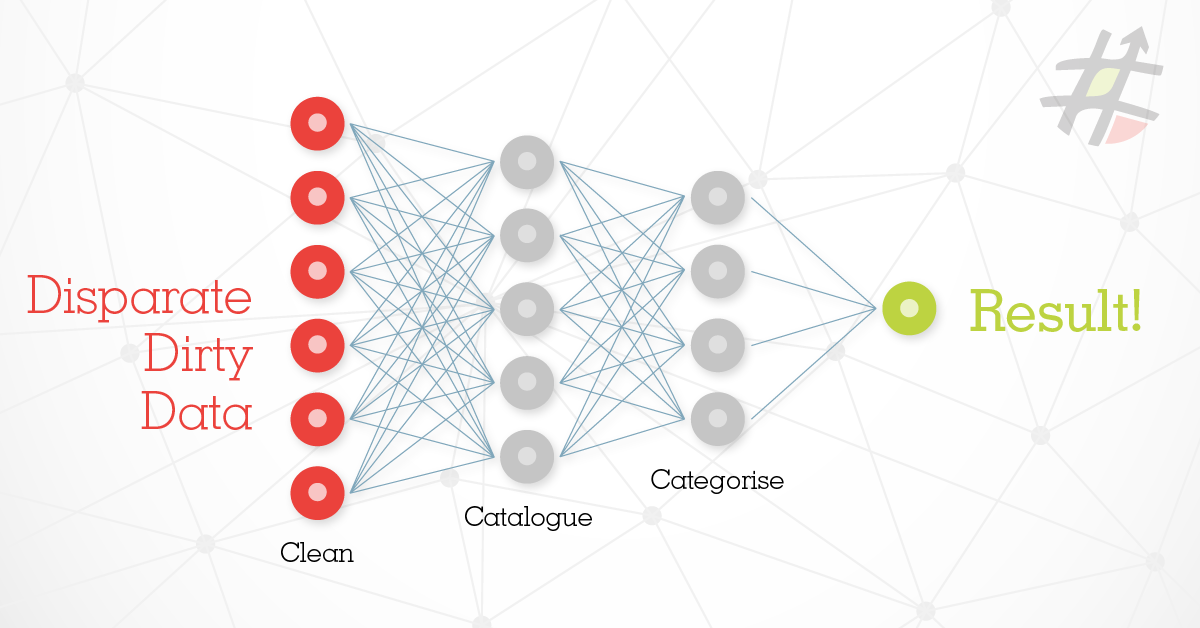
This is the procurement dream: maintaining the quality of goods and services while reducing costs. It’s our primary continuous goal, and spend analysis is the vehicle to drive us there.
Spend analysis is the foundation of procurement performance. Improve efficiency, reduce maverick spending, increase cost-savings; this is what well-executed spend analysis does. Unfortunately, for a lot of organisations, the required time and resources needed for this are just not available. At best, they manage a spend analysis that focuses on historical data, and doom themselves to playing catch-up.
But as Spend Matter’s Nick Heinzmann puts it, leading procurement organisations don’t just measure what they have spent, they’re also pushing the definition of spend analysis to include newly accessible data. How is this achieved, and how can it be made accessible to resource-poor organisations? The answer is artificial intelligence and machine learning.
AI and Machine Learning
Believe it or not, artificial intelligence (AI) has been around for decades. At one end of the spectrum, you have expert systems like decision trees, in which solutions are reached through a series of decisions or questions that prune the possible outcomes. Beyond the bleeding edge, though, exists the “singularity” – the idea that we will create something as complex as the human mind. A true artificial consciousness.
Right now, we aren’t even close to the “singularity”. For our purposes, let’s define AI as the broader concept of machines able to carry out tasks and make decisions based on the information that they’re fed. The tasks a machine might undertake would once have been performed by humans, but due to a machine’s ability to analyse huge quantities of data in an extraordinarily quick time, the process becomes vastly more efficient.
Machine learning (ML) is an application of AI based on the theory that if we give programs access to data, they should be able to teach themselves things based on patterns and concepts embedded in the data. This data is called the “training set”, and it goes without saying that the training set can make or break a program’s effectiveness. Garbage in, garbage out has never been more apt than when it comes to ML.
The Future (and Present) of Procurement
Categorising spend data is one area that machine learning has revolutionised. ML algorithms can significantly increase the speed at which spend analysis results are obtained, while also increasing their accuracy and reducing the need for manual inputs. Not limited to data classification, AI can open new caches of data by ingesting semi-structured data and other content, moving beyond just transactional information.
Of course, all this is simply a new way of doing what has already been done for decades. How about something new? Well, AI and machine learning now allows procurement teams to move beyond historical data to inform their strategic sourcing decisions. Imagine walking into a sourcing event with current – as in real-time – internal and external data. AI makes this possible. Cost component analyses, supplier performance and market analyses, demand breakdowns – having this sort of data at your disposal before a sourcing event even begins allows for near instantaneous supplier performance evaluation as the event unfolds. As Heinzmann rightly argues, machine learning algorithms allow for “a far more complete picture than an out-of-date snapshot”.
It’s all about data quality. AI-powered data acquisition, cleansing and classification processes lead to higher quality data being fed into the analytics process, thus resulting in better spend analysis results.
At the beginning of this article, I argued that AI was going to drive a reduction in costs without a loss in the quality of goods and services. By now, you’d realise that’s not the complete picture. With the latest machine learning algorithms, there is no reason why procurement teams everywhere shouldn’t be aiming for a reduction in costs and an increase in the quality of goods and services acquired through processes such as sourcing events.
The Wake-Up Call
The advancements in spend analysis driven by AI and ML are not something procurement personnel can afford to sleep on. While new technology can be daunting, and resource-poor organisations are reticent to implement new methods that require a period of familiarisation, the team at PI make the transition smooth. PI’s AI Spend Classification with machine learning provides the ability to be “all-seeing” across the entire organisation. Book a demo now for Spend Visibility to Identify Savings Opportunities, and drive your organisation into the future.




